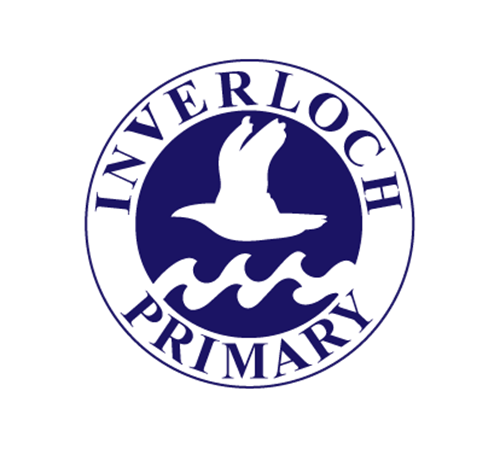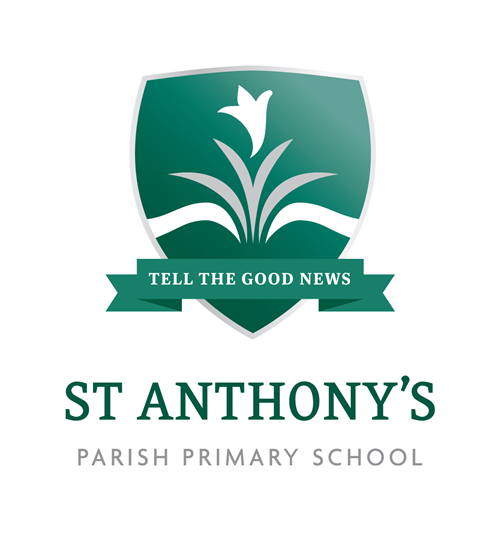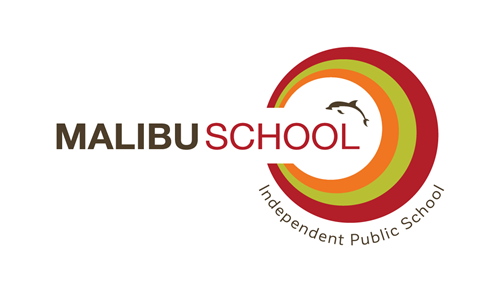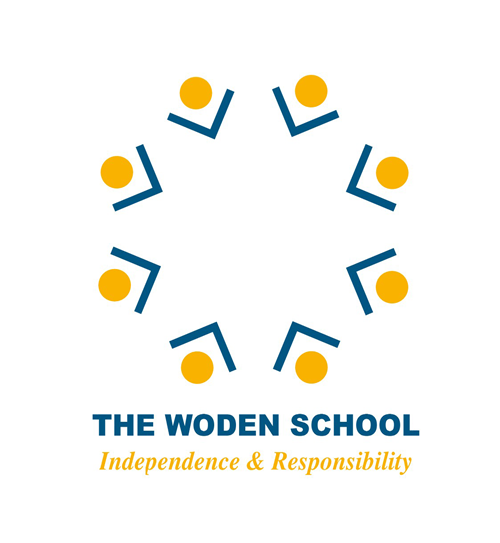Mathematics: Number lines/Science: Energy transfer
Introduction
Clifford Park Special School upholds the strong belief that all students can learn, and that they should have equitable access to the Australian Curriculum. The school provides educational programs for secondary students with disability. A supportive learning environment and personalised plans assist students to achieve their educational goals.
In order to meet the diverse needs of students, three learning cohorts operate at the school - Junior Secondary, Senior Secondary and Interaction Learning. Students engage in educational programs that use teaching strategies designed to meet their individual learning abilities and needs.
In these illustrations of practice, teachers demonstrate how they use the three dimensions of the Australian Curriculum to individualise learning.
Junior Secondary learning cohort
Students in the Years 7 – 9 Junior Secondary learning cohort engage in age-equivalent Australian Curriculum content. Teachers align individual student learning with appropriate levels from Foundation to Year 10 or the Literacy capability 1d. There is an emphasis on reading for every child in the Junior Secondary learning cohort.
Senior Secondary learning cohort
The Senior Secondary learning cohort caters for students in Years 10, 11 and 12. Students in Year 10 continue to engage in age-equivalent content from the Australian Curriculum: English, Maths, Science, and Design and Technology learning areas. In semester two, Australian Curriculum: Work Studies forms the basis of Year 10 study, as students begin the preparation process for the final years of school and/or life after school. Teachers personalise individual student learning through alignment with the Guidelines for Individual Learning (GIL). There is continued emphasis on reading for all students in the Senior Secondary learning cohort.
Interaction learning cohort
Students in the Interaction Learning cohort are non-verbal or have very limited communication skills and require developmental programs to promote the fundamentals of communication. Many of the students in this learning cohort have multiple severe/profound intellectual impairments. The general capabilities of the Australian Curriculum can be used to guide the development of Literacy, Numeracy and Personal and Social capabilities. Content that aligns with the students' chronological age forms the basis of curriculum engagement and can be drawn from all Australian Curriculum learning areas.
Adapted from The State of Queensland Department of Education. (2019). Clifford Park Special School: Curriculum. Retrieved from https://cliffordparkspecs.eq.edu.au/Curriculum/Pages/Curriculum.aspx
Dimensions of the Australian Curriculum accessed in this illustration of practice

Learning area content
|
Sub-strand |
Element from Achievement Standard |
Content Descriptions |
Elaborations |
|
Mathematics example 1 Years 8 and 9 |
… Students use efficient mental and written strategies to carry out the four operations with integers. |
Carry out the four operations with rational numbers and integers, using efficient mental and written strategies and appropriate digital technologies (ACMNA183) Recognise and represent multiplication as repeated addition, groups and arrays (ACMNA031) Year 2 |
Using the number line to develop strategies for adding and subtracting rational numbers
|
|
Mathematics Example 2 Pre intentional Communicators |
… they make sense of time duration in real applications |
Modified Content descriptor short time / long time longer time |
Literacy continuum 1b composing text Request the continuation of an activity |
General capabilities
Example 1
|
General Capability |
Sub-element |
Level 1 |
Level 2 |
Level 3 |
Level 4 |
Level 5 |
Level 6 |
|
Personal and Social |
Listen and respond to learning area text |
|
|
|
|
|
|
|
Literacy |
Understanding learning area vocabulary |
|
|
|
|
|
|
Example 2
|
General Capability |
Sub-element |
Level 1 |
Level 2 |
Level 3 |
Level 4 |
Level 5 |
Level 6 |
|
Literacy |
Comprehending text |
|
|
|
|
|
|
- How do teachers obtain feedback from students to assess their level of attainment? How do they use feedback to improve student learning?
- In the illustration of practice, teachers customised their use of the Australian Curriculum to meet the diverse needs of their students. How do you use the three dimensions of the Australian Curriculum to meet the diverse needs of your students?
- How might you lead colleagues in planning and delivering personalised teaching and learning programs that are age-appropriate and respectful of student needs?
Similar illustrations of practice
Copyright
These illustrations of personalised learning are not licensed under the creative commons license used for other material on the Australian Curriculum website. Instead, you may view, download, display, reproduce, and distribute these materials in unaltered form only for your personal, non-commercial educational purposes or for the non-commercial educational purposes of your organisation, provided that you retain this copyright notice. This means you cannot edit, modify or adapt any of these materials and you cannot sub-license any of these materials to others. Apart from any uses permitted under the Copyright Act 1968 (Cth), and those explicitly granted above, all other rights are reserved by ACARA.






